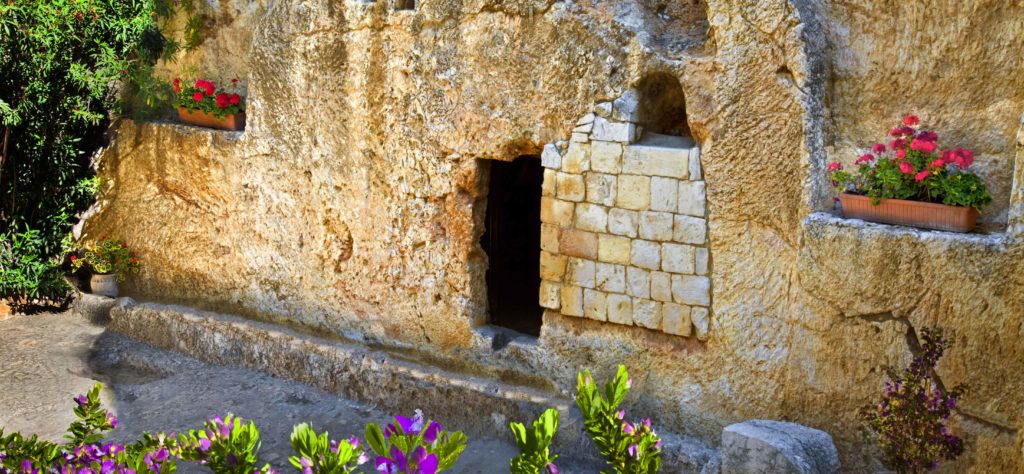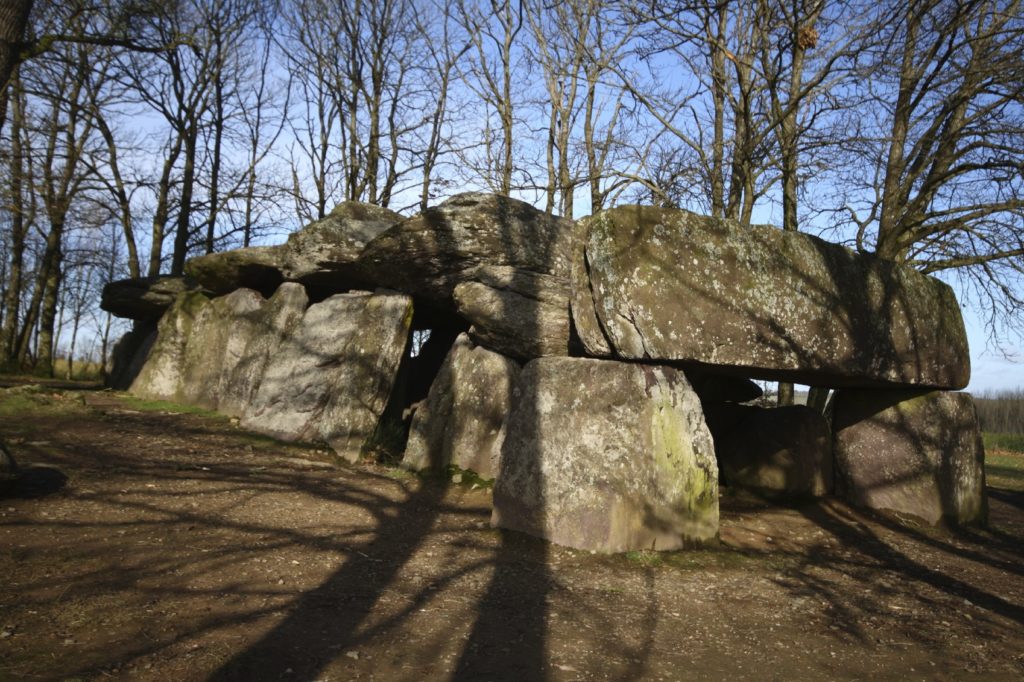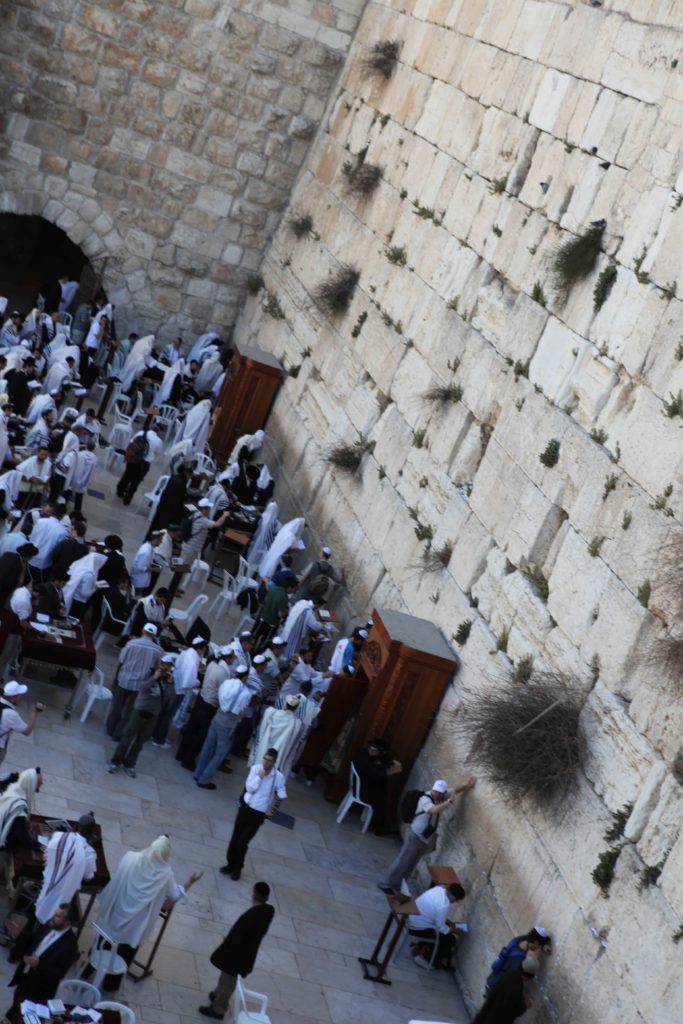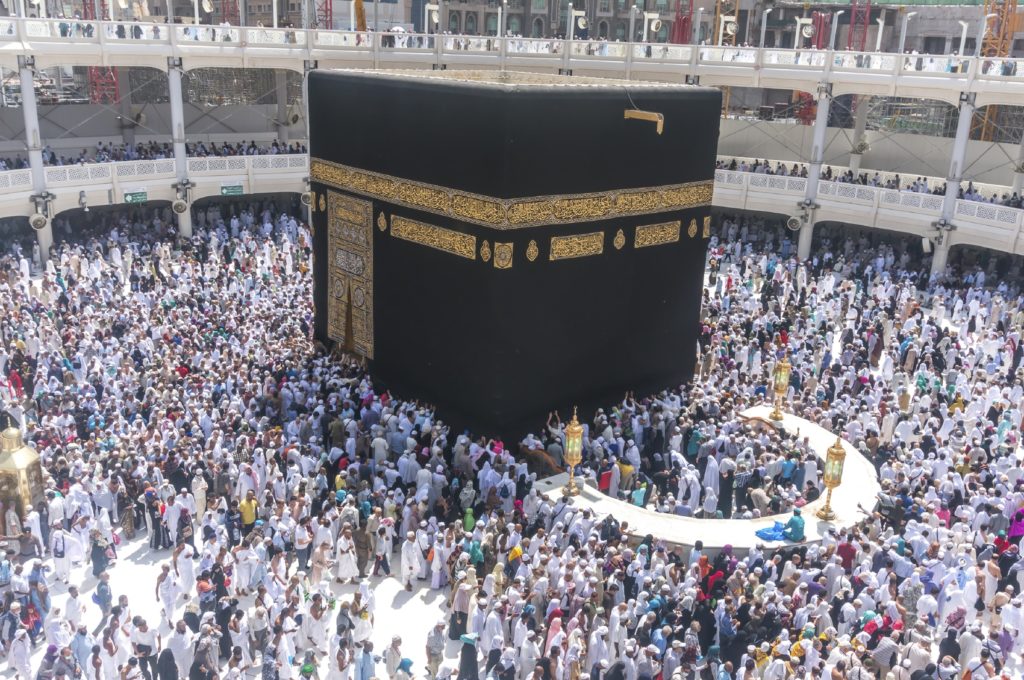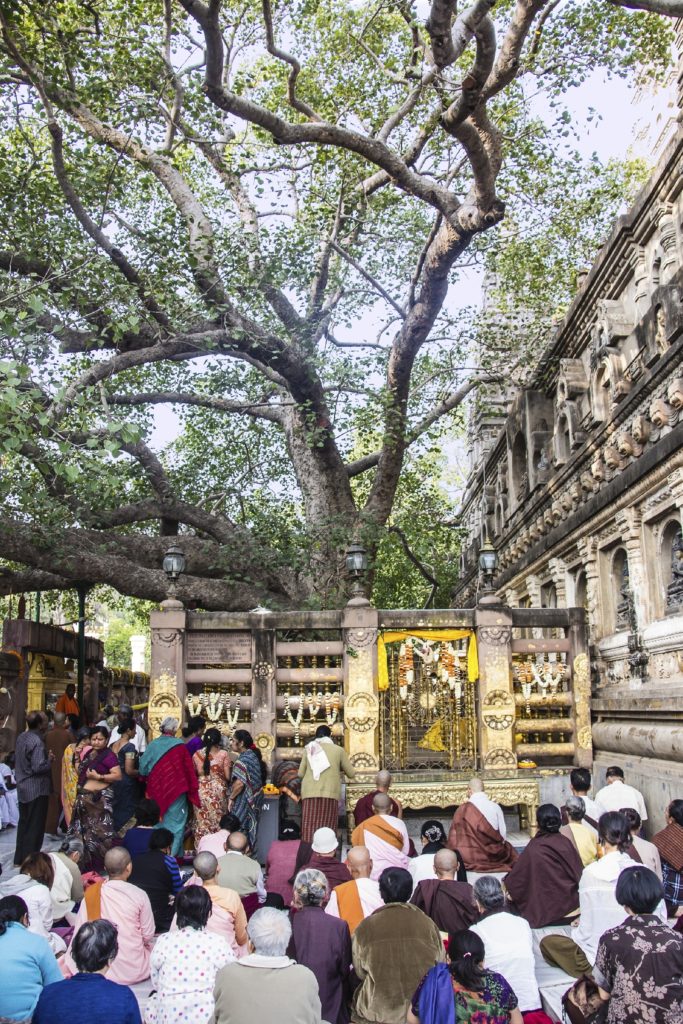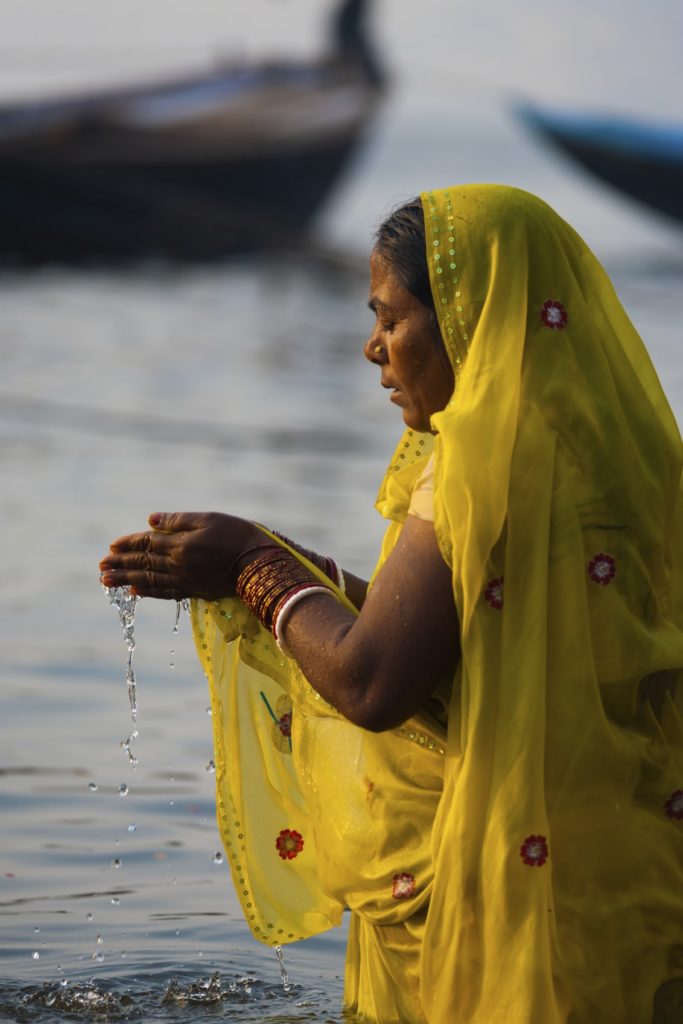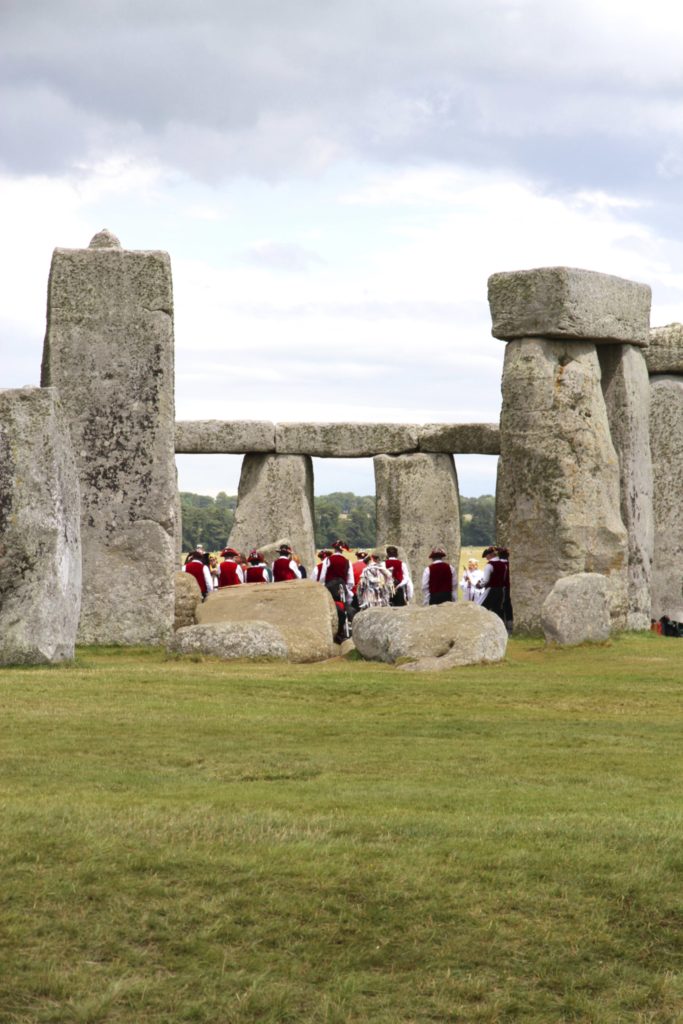Sacred Spaces
As I stood inside the ancient Celtic temple known as La Roche aux Fées, or “fairy rock,” in northwestern France, I felt a sense of awe and reverence. Although my faith, my god, are not the same as those who worshipped there thousands of years ago, I knew that this was a special place, a space of worship and devotion not that different from my own.
One thing that all faiths share is a respect and reverence for the divine, and each faith has at least one place that is set apart as sacred or holy. As we visit the sacred spaces of other faiths, we begin to recognize all that we share. Let’s look at a few of these spaces.
Many Christians revere the Church of the Holy Sepulcher in Jerusalem’s Christian quarter as the site of Jesus Christ’s death, burial, and resurrection. A church was first built on this site in 326 AD, around the tomb believed to be the one that held Jesus’ body. Others visit the Garden Tomb, discovered in 1867, to contemplate Jesus’ burial and resurrection.

Many believe this spot inside the Church of the Holy Sepulcher in Jerusalem was the location of Jesus’ tomb.
The Western Wall in Jerusalem is one of Judaism’s most holy sites. It is a remnant of an exterior retaining wall built around the Jewish Temple of Herod, which was destroyed by the Romans in 70 AD. It is sometimes called the Wailing Wall because the faithful gather here to pray and lament the loss of their temple.
While Jerusalem also has many sites sacred to Muslims, the most sacred site in Islam is the Kaaba or Ka’ba in Mecca, Saudi Arabia. According to the Qur’an, the Kaaba was the first Muslim house of worship and was built by the prophet Abraham and his son Ishmael. Wherever they are in the world, Muslims pray toward the Kaaba, and at least once in their life, each able Muslim must make a pilgrimage to the site.
For centuries Buddhists have made pilgrimages to the tree in Bodh Gaya, Bihar, India, where it is believed the Buddha achieved enlightenment. Hindus bathe in the Ganges River to wash away their sins. Pagans and new-age devotees gather at Stonehenge and other ancient sites. Each sacred site honors and celebrates the divine, the Power greater than us all.
People come to other sacred sites, such as temples, mosques, cathedrals, and sanctuaries, to have a personal encounter with the divine. They’re places of prayer and devotion, a place to ponder our connection to God, whatever form that god may take.
As much as these sacred spaces feed our souls, I find that the most wonderful thing about faith is that you don’t have to go anywhere special to experience it. You can carry it with you, allowing any space to become sacred to you. Rabbi Gary S. Creditor said it beautifully: “Holy ground can be a place inside of me, wherever I am, at any moment, at every moment.”
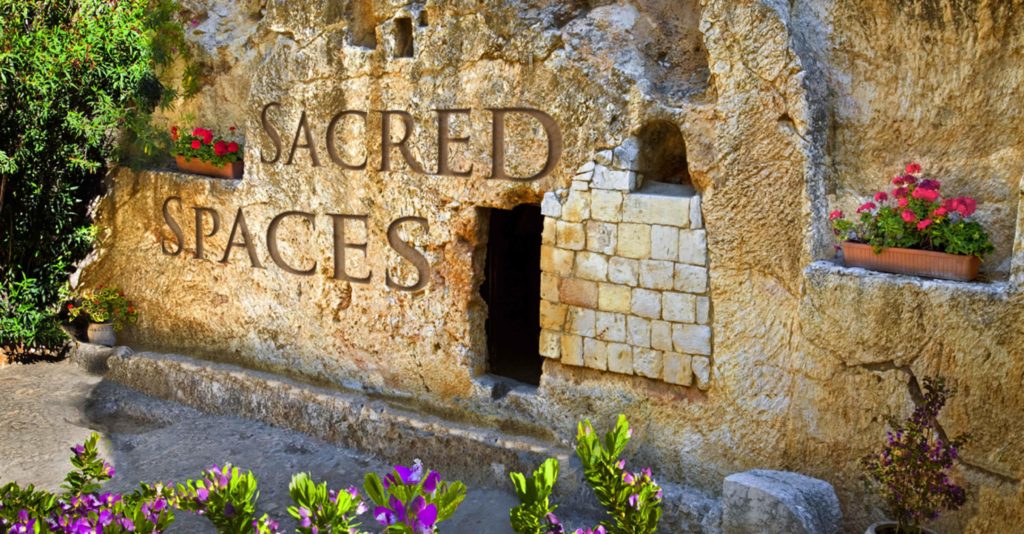
 Discover More:
Discover More:
5 Inspiring Lessons of Faith from Joan of Arc
4 Tips to Let Go of Grudges for Good
Bridging Faith Across Generations
